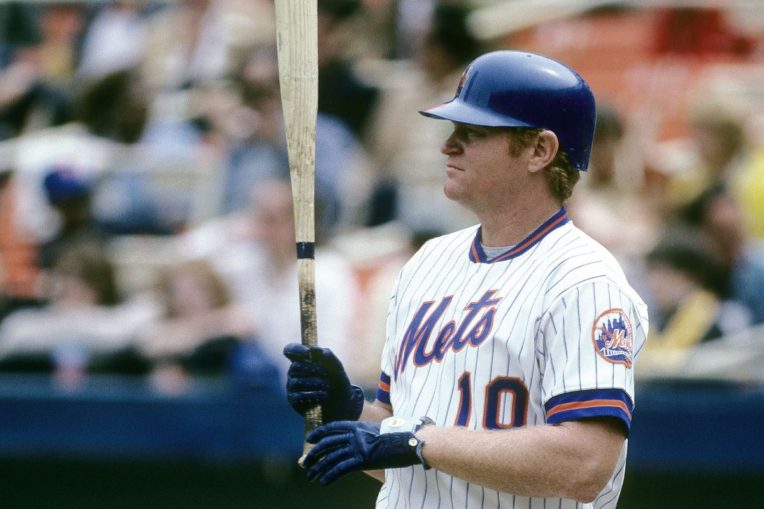
In between the regretful trades of Nolan Ryan to Anaheim in 1972 and Tom Seaver to Cincinnati in 1977 was the departure of one of the most beloved players in franchise history.
Months before that infamous Ryan-for-Fregosi deal with the Angels, the Mets were on the receiving end of a great trade for Montreal’s Rusty Staub. It was a move that broke the hearts of a city that had fallen in love with Le Grand Orange.
Mets fans also became enamored with the five-time All-Star. He had a scintillating start to the ’72 season before being victimized by injuries. In 1973, he played through pain to help New York get to the World Series. And in 1975, he established a club record with 105 runs driven in.
Staub was close to becoming a “10/5” player (10 years of big-league experience and five with his current team), which meant he could veto trades. But on a club bereft of offense, it stood to reason that Staub would be a valuable piece of their future. Team chairman M. Donald Grant, though, didn’t know better.
Planting the seeds of public discontent that would grow in the years ahead, a four-player swap was in place, with Staub (along with minor leaguer Bill Laxton) off to Detroit. Now Mets fans got to feel Montreal’s anguish — not simply because Staub was a Tiger, but also because of what they got in return.
Mickey Lolich was a World Series MVP in 1968, a 25-game winner in 1971, and a 22-game winner in ’72. His best years were behind him by December 1975, but the Mets weren’t dissuaded by a decline. They were also buying the stock of Mike Vail as a replacement for Staub in right field after he finished up his rookie season with a .302 average and a 23-game September hitting streak.
Seller’s remorse set in quickly. Vail ravaged his knee while playing basketball during the winter, which cost him a bulk of the 1976 campaign, and he never returned to optimal playing condition. Lolich went 8-13 in his only season as a Met. But with a 3.22 ERA and a WHIP of 1.22, he clearly didn’t get much support from a lineup that clearly missed Staub. The minor leaguer the Mets received, Bill Baldwin, only played nine games for them.
New York could’ve used a three-season total of .277/.353/.434 with 70 home runs and 358 RBIs in its lineup, which Staub had with Detroit. He would return in 1981 as part of the Mets’ efforts to regain respectability after crash-landing at the end of the decade. Staub completely remade himself as his long career wound down, becoming the game’s premiere pinch-hitter. Since his retirement in 1985 and his passing in 2018, his status as one of the best and most beloved Mets is secure.















